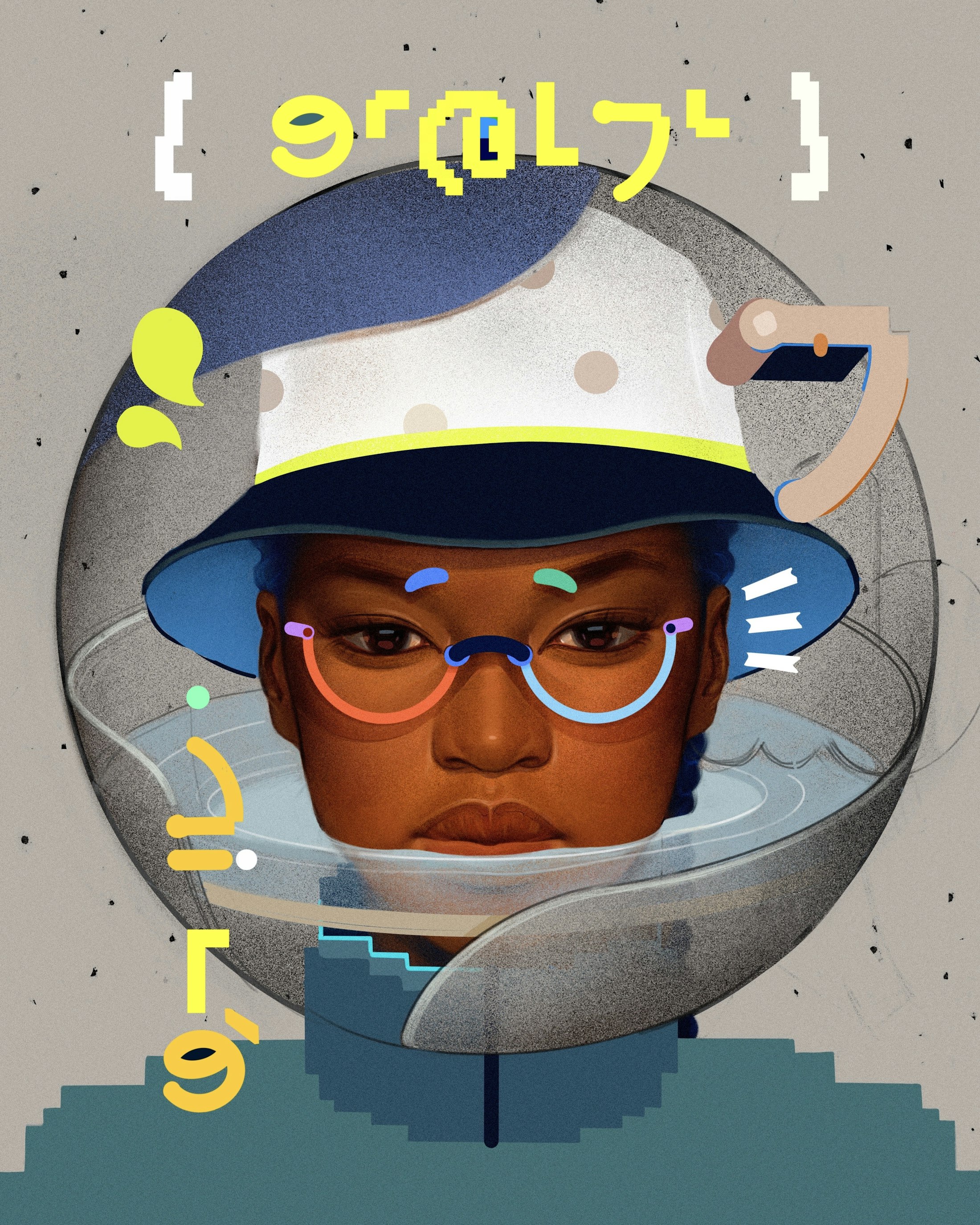Connectivity changes the nature of things. It quite literally changes what a thing is.
By adding connectivity to, say, the proverbial internet fridge it stops being just an appliance that chills food. It becomes a device that senses; captures, processes and shares information; acts on this processed information. The thing-formerly-known-as-fridge becomes an extension of the network. It makes the boundaries of the apartment more permeable.
So connectivity changes the fridge. It adds features and capabilities. It adds vulnerabilities. At the same time, it also adds a whole new layer of politics to the fridge.
Power dynamics
Why do I keep rambling on about fridges? Because once we add connectivity — or rather: data-driven decision making of any kind — we need to consider power dynamics.
If you’ve seen me speak at any time throughout the last year, chances are you’ve encountered this slide that I use to illustrate this point:

The connected home and the smart city are two areas where the changing power dynamics of IoT (in the larger sense) and data-driven decision making manifest most clearly: The connected home, because it challenges our notions of privacy (in the last 150 years, in the global West). And the smart city, because there is no opting out of public space. Any sensor, any algorithm involved in governing public space impacts all citizens.
That’s what connects the fridge (or home) and the city: Both change fundamentally by adding a data layer. Both acquire a new kind of agenda.
3 potential cities of 2030
So as a thought experiment, let’s project three potential cities in the year 2030 — just over a decade from now. Which of these would you like to live in, which would you like to prevent?

In CITY A, a pedestrian crossing a red light is captured by facial recognition cameras and publicly shamed. Their CitizenRank is downgraded to IRRESPONSIBLE, their health insurance price goes up, they lose the permission to travel abroad.

In CITY B, wait times at the subway lines are enormous. Luckily, your Amazon Prime membership has expended to cover priority access to this formerly public infrastructure, and now includes dedicated quick access lines to the subway. With Amazon Prime, you are guaranteed Same Minute Access.

In CITY C, most government services are coordinated through a centralized government database that identifies all citizens by their fingerprints. This isn’t restricted to digital government services, but also covers credit card applications or buying a SIM card. However, the official fingerprint scanners often fail to scan manual laborers’ fingerprints correctly. The backup system (iris scans) don’t work on too well on those with eye conditions like cataract. Whenever these ID scans don’t work, the government service requests are denied.
Now, as you may have recognized, this is of course a trick question. (Apologies.) Two of these cities more or less exist today:
- CITY A represents the Chinese smart city model based on surveillance and control, as piloted in Shenzhen or Beijing.
- CITY C is based on India’s centralized government identification database, Aadhaar.
- Only CITY B is truly, fully fictional (for now).
What model of Smart City to optimize for?
We need to decide what characteristics of a Smart City we’d like to optimize for. Do we want to optimize for efficiency, resource control, and data-driven management? Or do we want to optimize for participation & opportunity, digital citizens rights, equality and sustainability?
There are no right or wrong answers (even though I’d clearly prefer a focus on the second set of characteristics), but it’s a decision we should make deliberately. One leads to favoring monolithic centralized control structures, black box algorithms and top-down governance. The other leads to decentralized and participatory structures, openness and transparency, and more bottom-up governance built in.
Whichever we build, these are the kinds of dependencies we should keep in mind. I’d rather have an intense, participatory deliberation process that involves all stakeholders than just quickly throwing a bunch of Smart City tech into the urban fabric.
After all, this isn’t just about technology choices: It’s the question what kind of society we want to live in.

